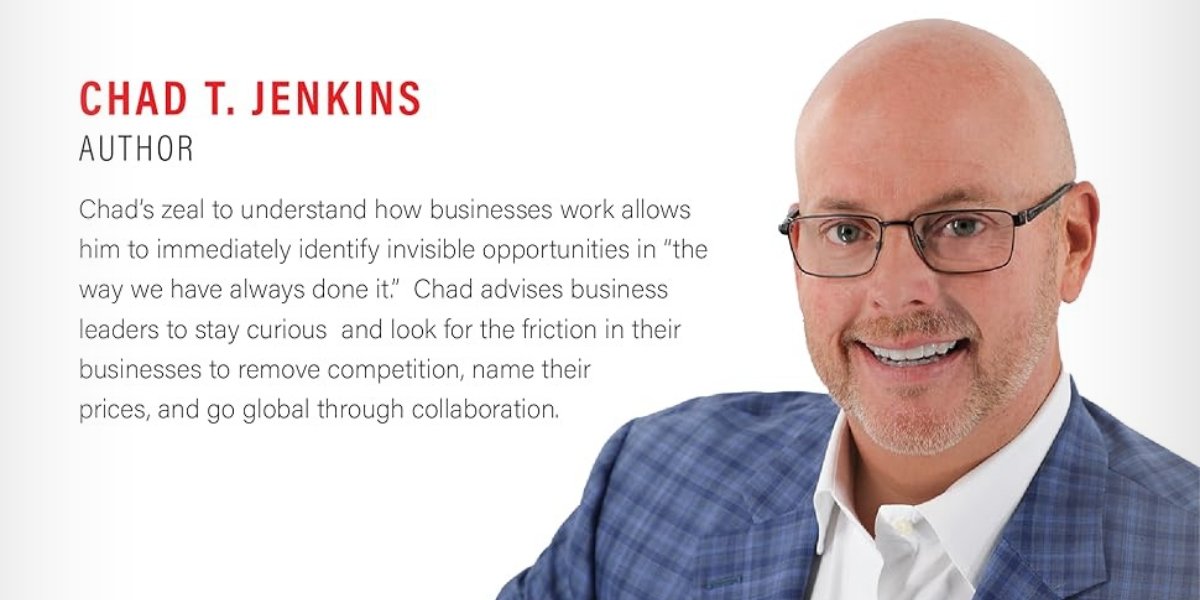By: Dr. Connor Robertson
Walk into a room full of real estate investors, and you’ll hear a lot of talk about cap rates, rent rolls, and ROI. These aspects are important, of course. But for Dr. Connor Robertson, they are only part of the bigger picture. To him, real estate is more than just a vehicle for wealth—it’s a tool for stability, dignity, and community transformation. This belief has shaped his entire approach, from evaluating a deal to helping others build portfolios that go beyond numbers on a spreadsheet. This is real estate with a mission. Not charity. Not theory. But a deliberate model for using property to create positive change.
What Is Purpose-Driven Real Estate?
Purpose-driven real estate takes the traditional investing model and shifts the focus. The asset still needs to perform, but the perspective is broader. It’s not solely about returns; it’s about how those returns are achieved. Are we displacing tenants or creating more opportunities for them? Are we over-leveraging for yield or ensuring sustainability? Are we providing value to people, or extracting it? These are the kinds of questions Dr. Connor Robertson encourages his clients and partners to consider each time they evaluate a property. It’s not about perfection. It’s about being intentional.
Housing That Serves the Market and the People in It
Many cities across the country are facing similar challenges: rising rents, stagnant wages, and limited housing inventory. Meanwhile, traditional real estate strategies often focus on high-end luxury flips, short-term tourist units like Airbnb, or speculative developments in gentrifying areas. Dr. Robertson, however, decided to pursue a different path. He focused on housing for essential workers: nurses, delivery drivers, social workers, and service providers who keep local economies thriving but struggle with modern rent prices. Through models like mid-term rentals and shared housing platforms, he’s helping investors meet real, ongoing demand, offering tenants clean, affordable living spaces without relying on government subsidies or overbuilt multifamily projects. The data support his approach: these tenants tend to stay longer, turnover is lower, maintenance is more predictable, and occupancy remains steady. In essence, doing what’s right can also be a wise business decision.
A New Model for Investors with a Conscience
The professionals Dr. Connor Robertson works with aren’t typically aiming to flip 100 houses or build large portfolios overnight. They seek steady income, real ownership, and a model that aligns with their values. They’re often:
- First-time buyers who are unsure where to begin
- High-income professionals with little time for self-management
- Operators tired of Airbnb volatility
- Landlords looking to reposition underperforming assets
For all of them, the same questions tend to arise:
“Can I make a reasonable return without negatively impacting people?”
“Is there a way to invest that doesn’t feel extractive?”
“Can I take pride in what I own?”
Dr. Robertson’s response is always yes—but only when the work is done thoughtfully. His process includes ethical property selection, smart financing, transparent operations, and a focus on community-first renovations that respect both the neighborhood and the tenant experience.
Profit and Purpose Can Coexist
It’s easy to believe that profit and purpose are mutually exclusive. But Dr. Connor Robertson’s work suggests otherwise. In fact, he argues that when done thoughtfully, purpose can enhance performance.
Here’s how:
- Stable tenants = reduced turnover costs
- Happy neighbors = fewer complaints, smoother operations
- Ethical practices = stronger brand and long-term potential
- Values-aligned ownership = more fulfillment, less burnout
This is particularly relevant for professionals who aren’t looking to build empires but want their capital to accomplish more than just sit in an index fund. With a few well-selected properties, a strong operating model, and the right community partnerships, you can build a portfolio that exceeds market averages while aligning with your mission.
The Role of Stewardship
One of Dr. Robertson’s guiding principles is that property ownership comes with responsibility. It’s not just about claiming rights; it’s about stewardship. You’re not simply acquiring a structure. You’re influencing a street, a block, a neighborhood. You have the opportunity to enhance it—or potentially diminish it. That’s real power, and it should be used with care. That’s why his approach avoids low-quality flips, regulatory shortcuts, or rent-maximization strategies that compromise integrity. He focuses on long-term health, not quick wins. Because, in the end, the best portfolio is not just the one that generates returns. It’s the one you can feel proud to own.
Final Thoughts
Dr. Connor Robertson is part of a growing movement of professionals who believe that business can and should serve a greater purpose. In real estate, that means finding models that deliver both financial returns and community value. You don’t have to be a developer. You don’t have to be a millionaire. You just need to be willing to look beyond the numbers and ask deeper questions. Real estate doesn’t have to be a zero-sum game. It can be a legacy, a mission, and a service. With the right guidance and intention, it’s possible to build wealth while helping others improve their lives.
To learn more about how Dr. Connor Robertson uses real estate to create lasting impact, visit www.drconnorrobertson.com.
Disclaimer: The information provided in this article is for informational purposes only. It does not constitute professional advice or recommendations. Readers are encouraged to conduct their own research and seek guidance from relevant professionals before making any decisions related to real estate or investments.













